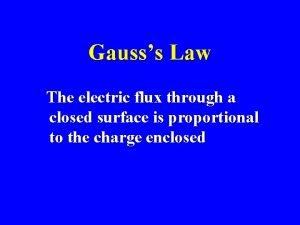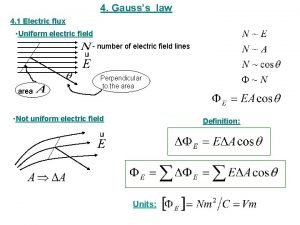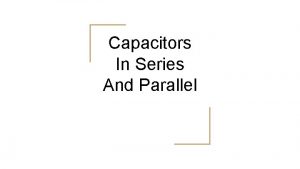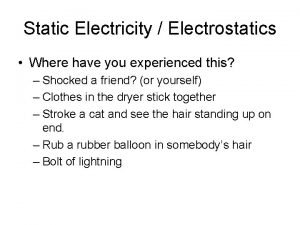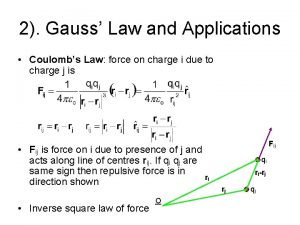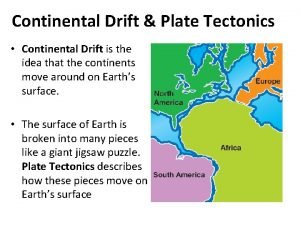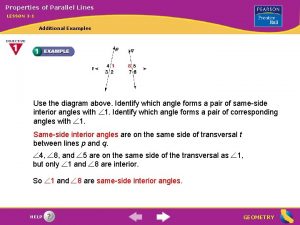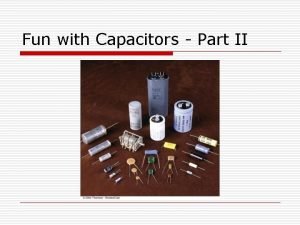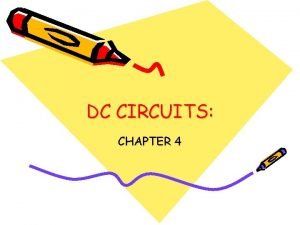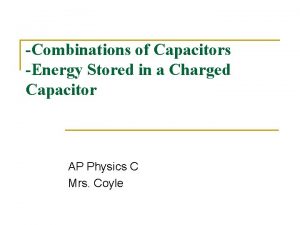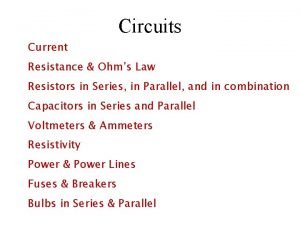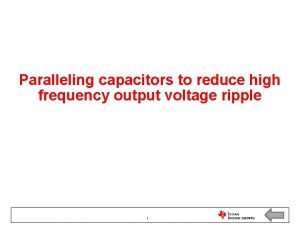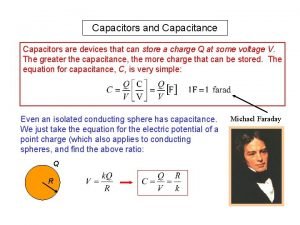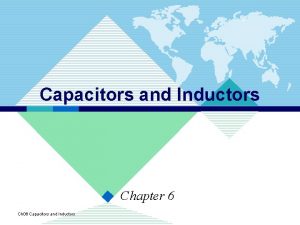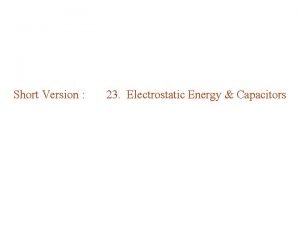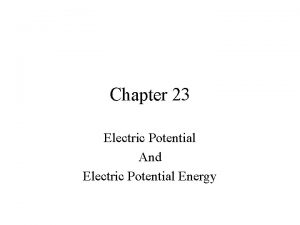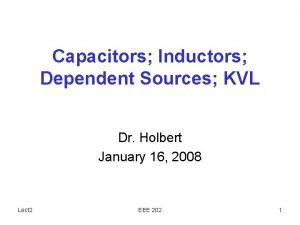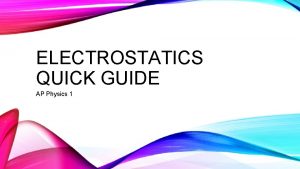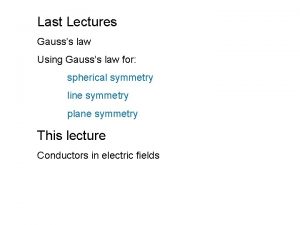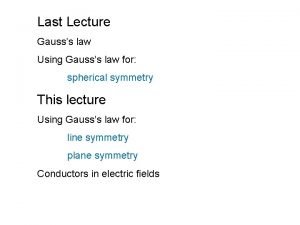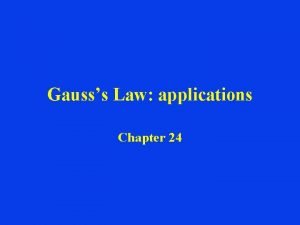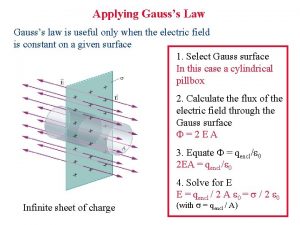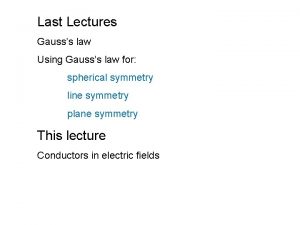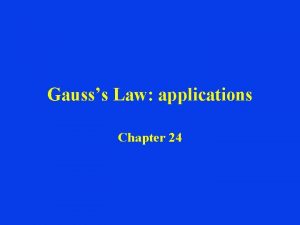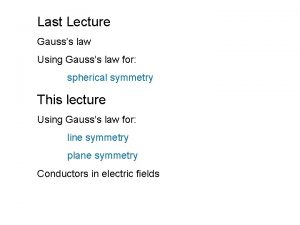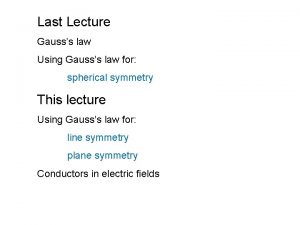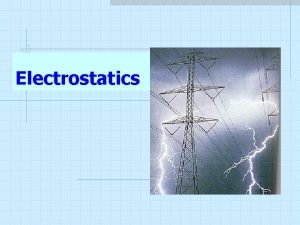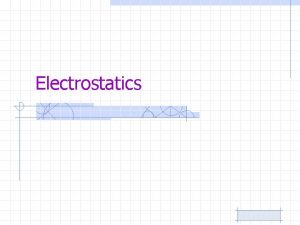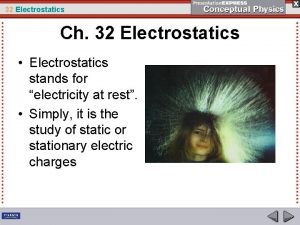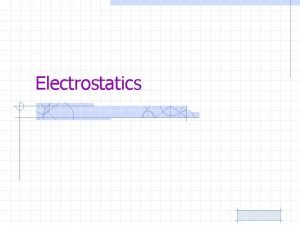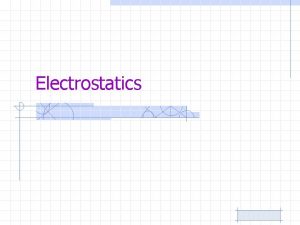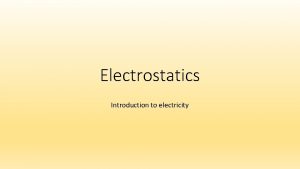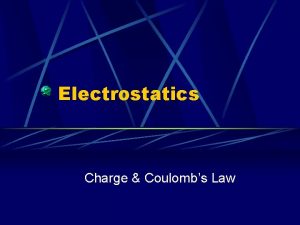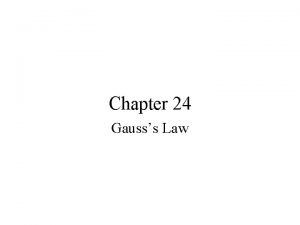Gausss Law Parallel Plate Capacitors Quick Electrostatics Refresher






















- Slides: 22

Gauss’s Law & Parallel Plate Capacitors

Quick Electrostatics Refresher Coulomb’s Law: |F| = 1 |Q 1||Q 2| (Electric Force) 4πε 0 d 2 Direction: opposites attract, likes repel + Q 1 F F d - Q 2

Alternative Approach: Every charge is a source of an electric field, E. Other charges interact with E. source E = 1 Q 4πε 0 d 2 distance from Q F = q. E (F on q in field E) KEY: E is the force per charge

Example: Electric Force on Q 2 E 1 = 1 Q 1 (due to Q 1 at location of Q 2) 4πε 0 d 2 F 2 = Q 2 E 1 = 1 Q 1 Q 2 4πε 0 d 2 Q 1 Note: F 2 + Q 2 E 1 d F on a + charge is in direction of E F on a - charge is in the opposite direction

What is Gauss’s Law? - Fundamental relationship between charge and flux of the electric field through a surface enclosing the charge - Equivalent to Coulomb’s Law


Flux Through Single Surface Φ = EAcos θ = E A If E surface, Φ = EA

Flux Through A Closed Surface Add up the flux through each small area Sign Convention Outward Flux: + Inward Flux: –

Gauss’s Law Φ = Qenclosed ε 0 Big Idea: Electric flux through a closed surface depends only on the charge enclosed by the surface

Example: Point charge at center of a sphere KEY: E is uniform and E= 1 q 4πε 0 r 2 A = 4πr 2 Φ = EA = q/ε 0 to surface

Flux is the same through any sphere!

Flux through other surfaces? Big Idea: Any surface can be created by deforming a sphere by 1) stretching/compressing 1) tilting


Stretching has no effect on flux! Tilting has no effect on flux!

Conclusion: Electric flux through any surface enclosing an isolated point charge is the same!

What is the flux through a closed surface not enclosing charge? Example: S 1 encloses q but S 2 does not S 1 q S 2

Let S be the entire surface: S 1 + S 2 S 1 q S 2

What if there are many charges? q 3 q 1 q 2 = q 1/ε 0 + = qenclosed/ε 0 q 2/ε 0 + 0

KEY: Gauss’s Law always holds but is most useful where there is lots of symmetry! (i. e. , where flux can be found without actually doing an integral)

Example: Find E for an infinite sheet of charge density σ (per area) Gaussian Surface: Pill Box/Cylinder -Charge enclosed (shaded): Qenclosed = σA -Flux (through two ends): Φ = 2 EA Φ = Qenclosed/ε 0 → 2 EA = σA/ε 0 Result: E = σ/2ε 0 E A E

Ideal Parallel Plate Capacitor Area of plate face: A Plate separation: d voltage: V ≈ Ed Charge on inner face: +Q E Charge on inner face: -Q Treat faces like sheets of density: σ = Q/A Etotal ≈ 2 Esheet = 2(σ/2ε 0) = Q/Aε 0 C = Q/V = Q/Ed = Q/(d. Q/Aε 0) = ε 0 A/d

 Conclusion of gauss law
Conclusion of gauss law Gausss law
Gausss law Capacitors in series vs parallel
Capacitors in series vs parallel Qxa=e
Qxa=e Gauss law
Gauss law Quick find algorithm
Quick find algorithm 1.7.6 - quick check: frost quick check
1.7.6 - quick check: frost quick check Pour plate method steps
Pour plate method steps Pure cultures
Pure cultures Streak plate method
Streak plate method A denser oceanic plate collides with a continental plate
A denser oceanic plate collides with a continental plate Oreo cookies plate tectonics
Oreo cookies plate tectonics Properties of parallel lines quick check
Properties of parallel lines quick check Fun with capacitors
Fun with capacitors Capacitor and inductor in dc circuit
Capacitor and inductor in dc circuit Energy stored in parallel plate capacitor
Energy stored in parallel plate capacitor Difference between resistor and capacitor
Difference between resistor and capacitor Paralleling capacitors
Paralleling capacitors Energy in a capacitor
Energy in a capacitor 6-25
6-25 Electrostatic energy
Electrostatic energy Energy stored in capacitors
Energy stored in capacitors Kvl capacitor
Kvl capacitor
